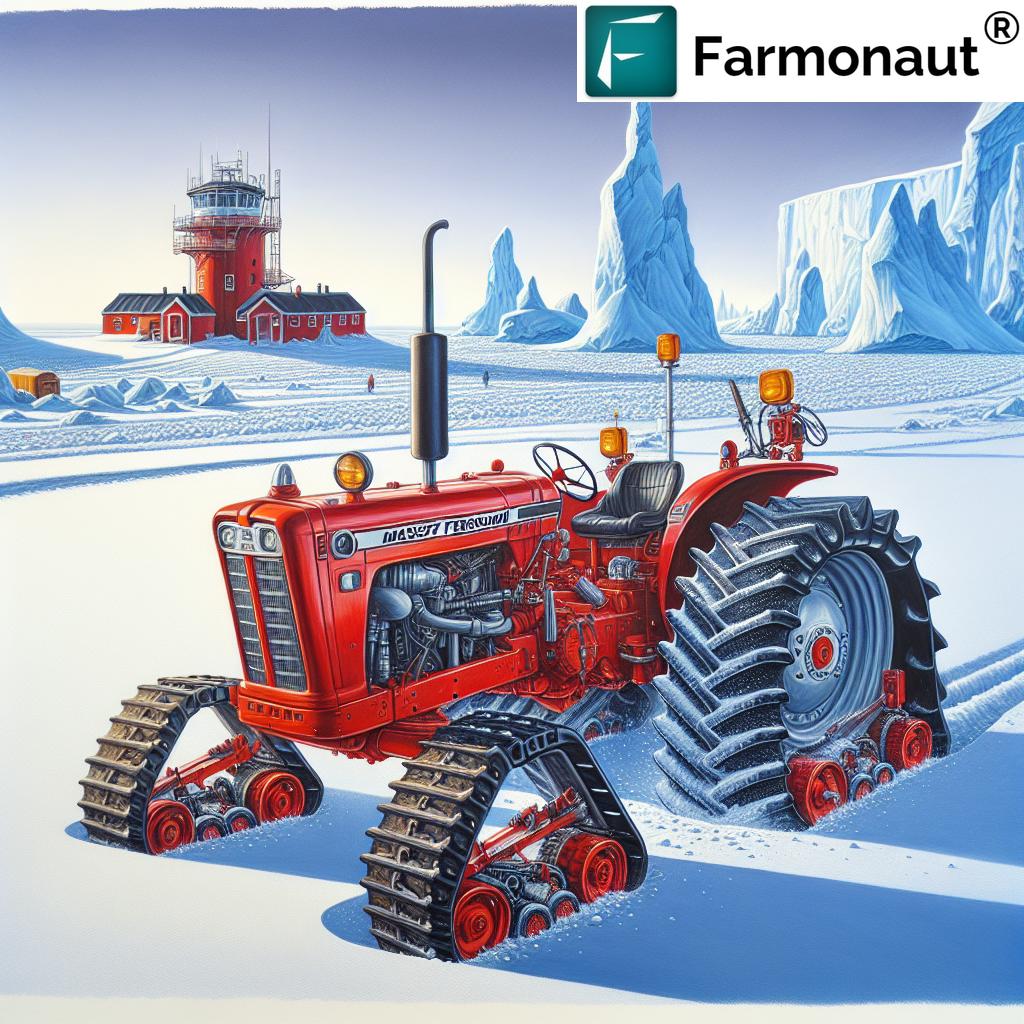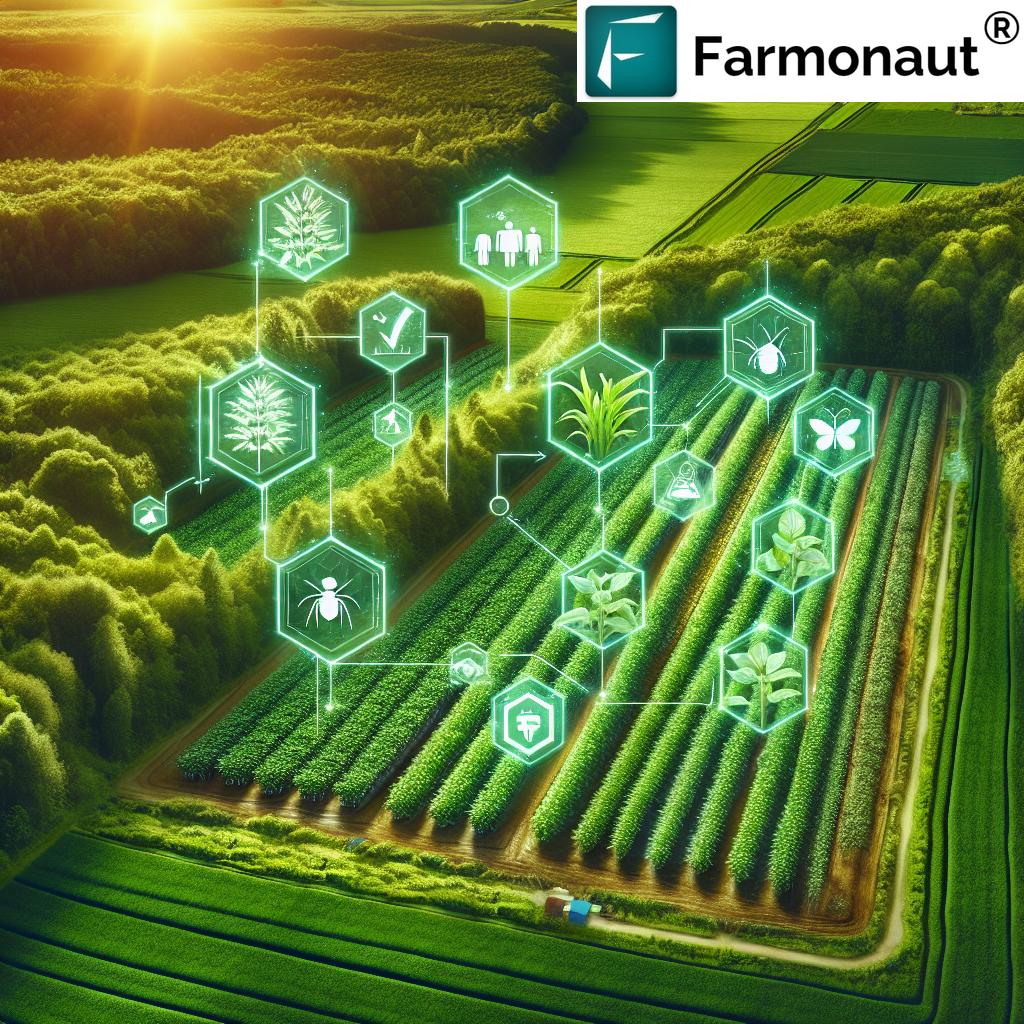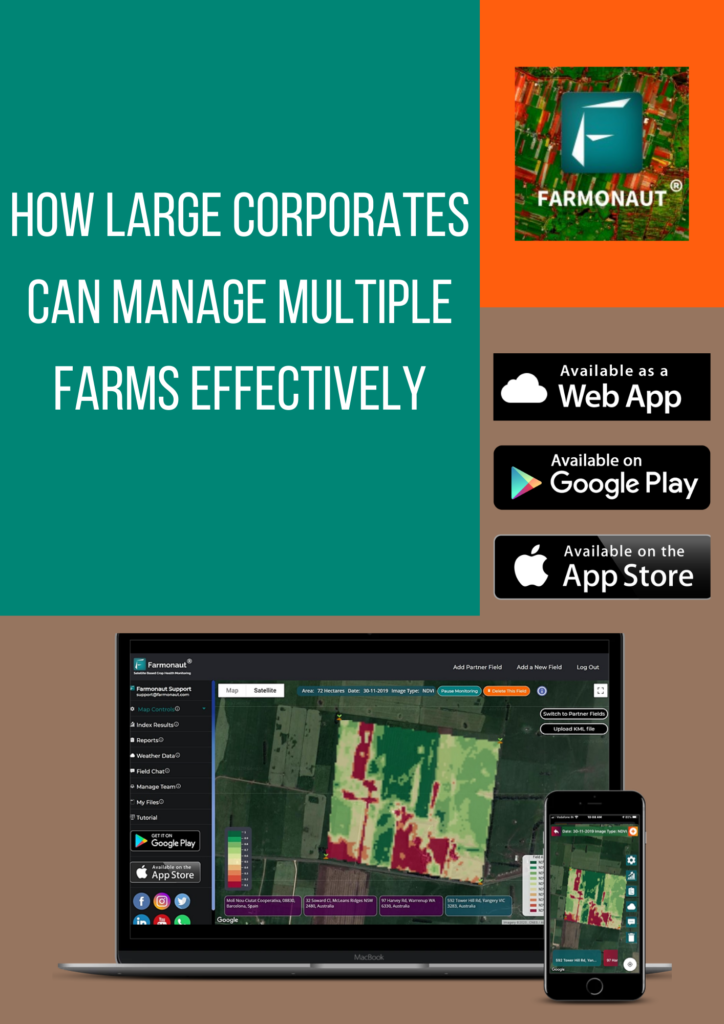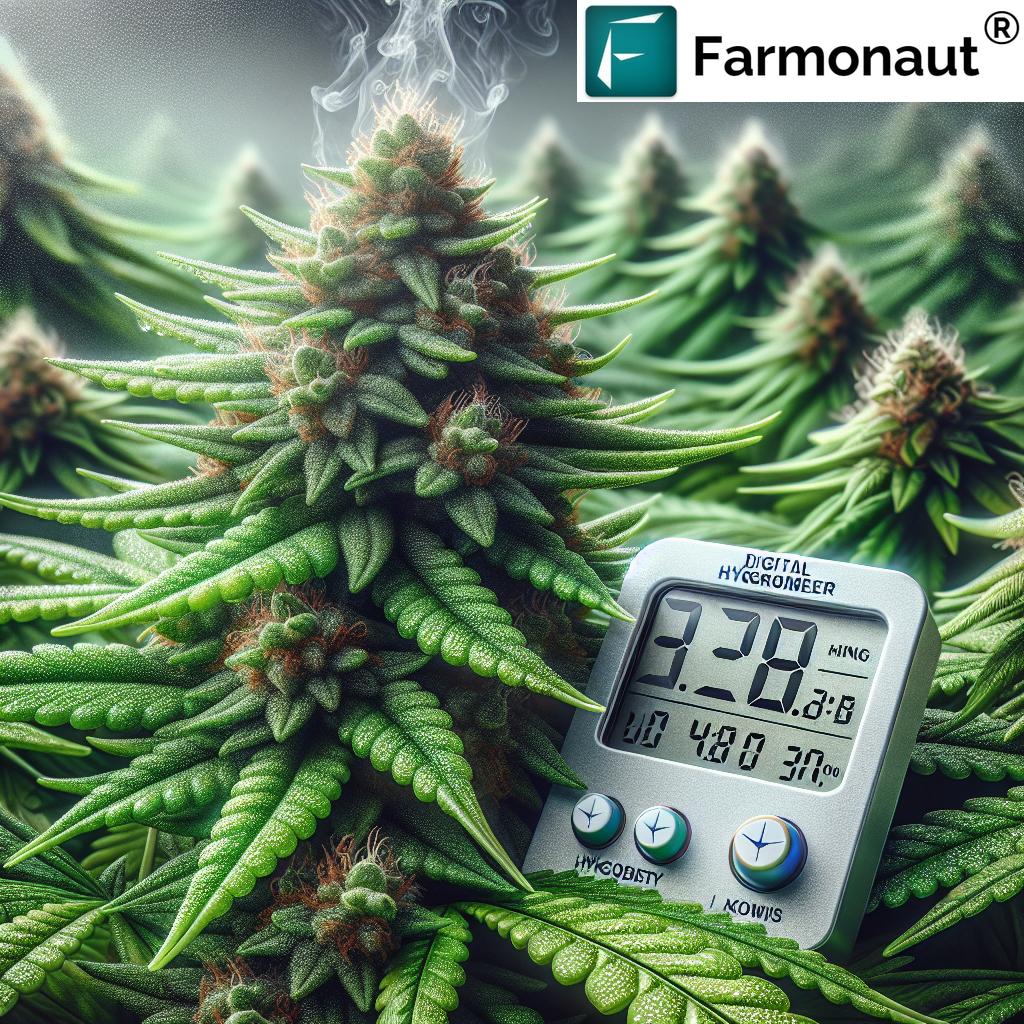Extreme Farming: Conquering Antarctica’s Polar Challenges with Innovative Tractor Technology
“Vintage tractors have successfully conquered Antarctica, the coldest, windiest, and driest continent on Earth, with temperatures reaching -89.2°C.”
Welcome to an extraordinary journey into the realm of extreme farming conditions and agricultural innovation! We invite you to join us as we embark on a thrilling expedition to the South Pole, where we’ll explore the incredible world of mechanized farming in the harshest environment on Earth. From vintage tractors braving the icy winds to cutting-edge farm equipment designed for polar agriculture, this blog will take you on an adventure through the challenges and triumphs of farming in Antarctica.
The Antarctic Challenge: Farming at the Edge of the World
Antarctica, the southernmost continent, is renowned for its extreme conditions. As we delve into the world of polar agriculture, it’s crucial to understand the unique challenges that farmers and researchers face in this inhospitable land.
- Extreme cold: Temperatures can plummet to -89°C (-128°F), posing severe risks to both humans and machinery.
- Fierce winds: Katabatic winds can reach speeds of up to 320 km/h (200 mph), making outdoor work treacherous.
- Arid conditions: Antarctica is the driest continent, with some areas receiving less than 10 mm of precipitation annually.
- Limited growing season: The continent experiences months of complete darkness during winter, severely restricting the growing period.
- Isolation: The remote location makes supply chains and logistics incredibly challenging.
Despite these seemingly insurmountable obstacles, the human spirit of innovation and perseverance has led to remarkable achievements in Antarctic farming. Let’s explore how modern tractor technology and agricultural ingenuity are transforming this frozen landscape.

Vintage Tractors: Pioneers of Polar Agriculture
The journey of mechanized farming in Antarctica began with the introduction of vintage tractors to the continent. These hardy machines, originally designed for more temperate climates, were adapted to withstand the extreme conditions of the South Pole. The story of these tractors is one of human ingenuity and the relentless pursuit of agricultural progress.
The First Tractors on Ice
In the 1950s, the first tractors arrived in Antarctica as part of scientific expeditions. These vintage machines, often Massey Ferguson models, were chosen for their reliability and simplicity. The tractors were primarily used for transportation and hauling supplies, but they quickly proved their worth in various agricultural experiments.
One of the most famous Antarctic tractor expeditions was the Commonwealth Trans-Antarctic Expedition of 1955-1958. Led by Sir Vivian Fuchs and Sir Edmund Hillary, this journey saw tractors crossing the entire Antarctic continent, covering a distance of 3,473 km (2,158 miles) in some of the most challenging conditions imaginable.
Adapting to Extreme Conditions
To function in the Antarctic environment, these vintage tractors required significant modifications:
- Specialized lubricants and fluids to prevent freezing
- Insulated engine compartments to retain heat
- Oversized tracks or wheels for better traction on snow and ice
- Heated cabs to protect operators from the extreme cold
These adaptations allowed the tractors to operate in temperatures as low as -50°C (-58°F), a testament to their robust design and the ingenuity of their operators.
Modern Farm Equipment Reliability in Polar Agriculture
As we move into the present day, the evolution of farm equipment for extreme environments has been nothing short of remarkable. Modern tractors and agricultural machinery designed for polar conditions incorporate cutting-edge technology to ensure reliability and efficiency in the harshest climates.
Technological Advancements
- Advanced materials: Use of composites and special alloys that maintain flexibility and strength in extreme cold
- Computerized systems: Onboard computers that monitor and adjust engine performance in real-time
- GPS and autonomous capabilities: Allowing for precise navigation and operation in low-visibility conditions
- Energy-efficient designs: Improved fuel economy and reduced emissions for more sustainable operations
These advancements have significantly expanded the capabilities of polar agriculture, allowing for more extensive research and even small-scale food production in Antarctic research stations.
High-Altitude Farming: Pushing the Limits
“High-altitude farming in extreme conditions can occur at elevations up to 5,000 meters above sea level in some regions.”
While Antarctica presents unique challenges due to its extreme cold, high-altitude farming in other parts of the world offers valuable insights into overcoming harsh environmental conditions. In regions like the Andes and the Himalayas, farmers have been practicing agriculture at elevations exceeding 4,000 meters for centuries.
Lessons from the Roof of the World
High-altitude farming techniques developed in these regions can be adapted for use in Antarctic agriculture:
- Cold-resistant crop varieties: Developing and utilizing plant species that can thrive in low temperatures and short growing seasons
- Greenhouse technologies: Creating controlled environments to extend the growing season and protect crops from harsh external conditions
- Water management: Implementing efficient irrigation systems to overcome the challenges of limited water availability in arid polar regions
- Soil enhancement: Developing methods to improve the nutrient content of Antarctic soil for better crop yields
By combining these traditional high-altitude farming techniques with modern technology, we can push the boundaries of what’s possible in extreme farming environments like Antarctica.
Remote Agricultural Expeditions: Conquering the Unsuitable
Agricultural expeditions to remote and challenging locations like Antarctica require meticulous planning and specialized equipment. These journeys are not just about farming; they’re about survival and scientific discovery in some of the most inhospitable places on Earth.
Planning for the Extreme
Key considerations for remote agricultural expeditions include:
- Equipment selection: Choosing machinery that can withstand extreme temperatures and rugged terrain
- Fuel and maintenance: Ensuring an adequate supply of specialized fuels and spare parts
- Safety protocols: Developing comprehensive safety measures for personnel working in dangerous conditions
- Communications: Establishing reliable communication systems for emergencies and data transmission
- Scientific objectives: Defining clear research goals and methodologies for agricultural experiments
These expeditions often involve a combination of vintage and modern equipment, each serving specific purposes in the challenging Antarctic environment.

Tractor Technology for Harsh Environments: A Revolution in Farmlife
The development of tractor technology specifically for harsh environments has revolutionized the possibilities for farming in extreme conditions. These innovations are not only applicable to Antarctic expeditions but also to other challenging agricultural regions around the world.
Key Technological Advancements
- Smart climate control systems: Maintaining optimal operating temperatures for both machinery and operators
- Reinforced chassis and components: Withstanding the stress of extreme temperatures and rugged terrain
- Alternative fuel systems: Exploring the use of biofuels and electric powertrains for improved sustainability
- Remote operation capabilities: Allowing tractors to be controlled from a safe distance in hazardous conditions
- Integrated weather monitoring: Real-time data collection to inform operational decisions
These advancements have not only made farming possible in previously unsuitable lands but have also improved safety and efficiency in extreme farming operations.
Agricultural Data Collection in Extreme Climates
One of the most valuable aspects of extreme farming expeditions is the opportunity for comprehensive agricultural data collection. This data is crucial for advancing our understanding of crop resilience, soil science, and climate adaptation strategies.
Innovative Data Collection Methods
- Satellite imagery: Using remote sensing technology to monitor crop health and land use changes
- Soil sensors: Deploying advanced sensors to measure soil composition, moisture, and temperature
- Weather stations: Installing specialized equipment to record detailed climate data in extreme conditions
- Drone technology: Utilizing unmanned aerial vehicles for mapping and crop assessment
The data collected through these methods is invaluable for researchers and farmers alike, providing insights that can be applied to improve agricultural practices in both extreme and more temperate climates.
Overcoming Extreme Farming Obstacles: Tips and Strategies
For those inspired to explore extreme farming, whether in Antarctica or other challenging environments, here are some essential tips and strategies:
- Invest in specialized equipment: Choose machinery designed for extreme conditions to ensure reliability and safety
- Prioritize operator training: Ensure all team members are well-versed in cold-weather operations and safety protocols
- Develop contingency plans: Always have backup strategies for equipment failure, weather changes, and other potential challenges
- Embrace technology: Utilize advanced monitoring and data collection tools to inform decision-making
- Collaborate with experts: Partner with scientists and researchers to maximize the value of your agricultural expeditions
- Focus on sustainability: Implement eco-friendly practices to minimize environmental impact in sensitive areas
By following these guidelines, aspiring extreme farmers can increase their chances of success while contributing valuable data to the scientific community.
The Future of Farming in Unsuitable Lands
As we look to the future, the lessons learned from extreme farming in Antarctica and other challenging environments will play a crucial role in addressing global food security challenges. The technologies and techniques developed for these conditions have the potential to transform agriculture in arid regions, cold climates, and even in space exploration.
Emerging Trends and Possibilities
- Vertical farming in extreme environments: Utilizing controlled indoor environments to grow crops in otherwise unsuitable locations
- Genetic engineering for resilience: Developing crop varieties that can thrive in extreme cold, drought, or high-altitude conditions
- AI-driven farming systems: Implementing artificial intelligence to optimize resource use and crop management in challenging environments
- Closed-loop agricultural systems: Creating self-sustaining farming ecosystems that minimize external inputs and waste
These innovations hold the promise of expanding agricultural possibilities to regions previously considered unfarmable, potentially revolutionizing global food production.
Comparison Table: Extreme Farming Challenges and Solutions in Antarctica
| Challenge | Impact on Farming | Technological Solution |
|---|---|---|
| Temperatures as low as -89°C (-128°F) | Equipment failure, frozen fuel lines | Advanced cold-resistant materials, fuel heating systems |
| High winds up to 320 km/h (200 mph) | Structural damage, soil erosion | Aerodynamic tractor designs, reinforced greenhouse structures |
| Extremely dry conditions | Limited water availability for crops | Efficient irrigation systems, water recycling technologies |
| Short growing seasons | Reduced crop yields | LED lighting systems, climate-controlled greenhouses |
| Nutrient-poor soil | Poor plant growth and development | Advanced soil amendments, hydroponic systems |
Conclusion: The Triumph of Human Ingenuity
Our journey through the world of extreme farming in Antarctica has showcased the remarkable resilience and creativity of human beings in the face of seemingly insurmountable challenges. From the pioneering vintage tractors that first conquered the icy terrain to the cutting-edge agricultural technologies of today, we’ve witnessed a testament to the power of innovation and determination.
As we continue to push the boundaries of what’s possible in extreme environments, the lessons learned from Antarctic farming expeditions will undoubtedly play a crucial role in shaping the future of global agriculture. Whether it’s developing more resilient crops, creating more efficient farming systems, or finding new ways to cultivate food in inhospitable climates, the spirit of extreme farming will continue to inspire and drive progress in the agricultural world.
For those inspired by this incredible journey, remember that the same spirit of innovation can be applied to farming challenges closer to home. By embracing technology, prioritizing sustainability, and never shying away from a challenge, we can all contribute to a more resilient and productive agricultural future.
FAQ: Extreme Farming in Antarctica
- Q: Is it really possible to grow crops in Antarctica?
A: Yes, it is possible to grow crops in Antarctica, but primarily in controlled environments like greenhouses. The extreme cold and lack of arable soil make traditional outdoor farming nearly impossible. - Q: What types of crops can be grown in Antarctic conditions?
A: In Antarctic greenhouses, researchers have successfully grown vegetables like lettuce, cucumbers, tomatoes, and herbs. These are mostly fast-growing, compact plants that can thrive under artificial lighting. - Q: How do tractors operate in such extreme cold?
A: Tractors used in Antarctica are specially modified with features like engine block heaters, insulated cabs, and specialized lubricants that don’t freeze in extreme cold. Some modern tractors also use advanced materials designed to withstand very low temperatures. - Q: What is the main purpose of farming experiments in Antarctica?
A: The primary goals are scientific research on plant growth in extreme conditions, developing technologies for future space exploration, and potentially creating sustainable food sources for research stations. - Q: How does extreme farming in Antarctica contribute to global agriculture?
A: Lessons learned from Antarctic farming experiments can be applied to other challenging environments on Earth, helping to develop more resilient crops and farming techniques for areas affected by climate change or with naturally harsh conditions.
For those interested in exploring innovative agricultural technologies and satellite-based farm management solutions, we recommend checking out Farmonaut’s comprehensive suite of tools. Farmonaut offers advanced crop monitoring, AI-driven advisory systems, and data analytics that can help farmers optimize their operations, even in challenging conditions.
Explore Farmonaut’s solutions:
For developers interested in integrating agricultural data into their own applications, Farmonaut also offers a robust API:
Farmonaut Subscriptions
As we continue to push the boundaries of agriculture in extreme environments, tools like those offered by Farmonaut will play an increasingly important role in helping farmers adapt to changing conditions and maximize their productivity, no matter where they are in the world.




















